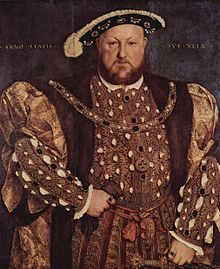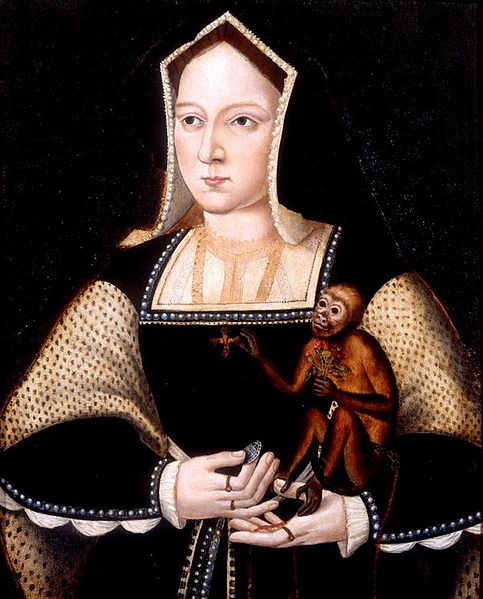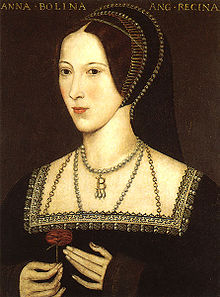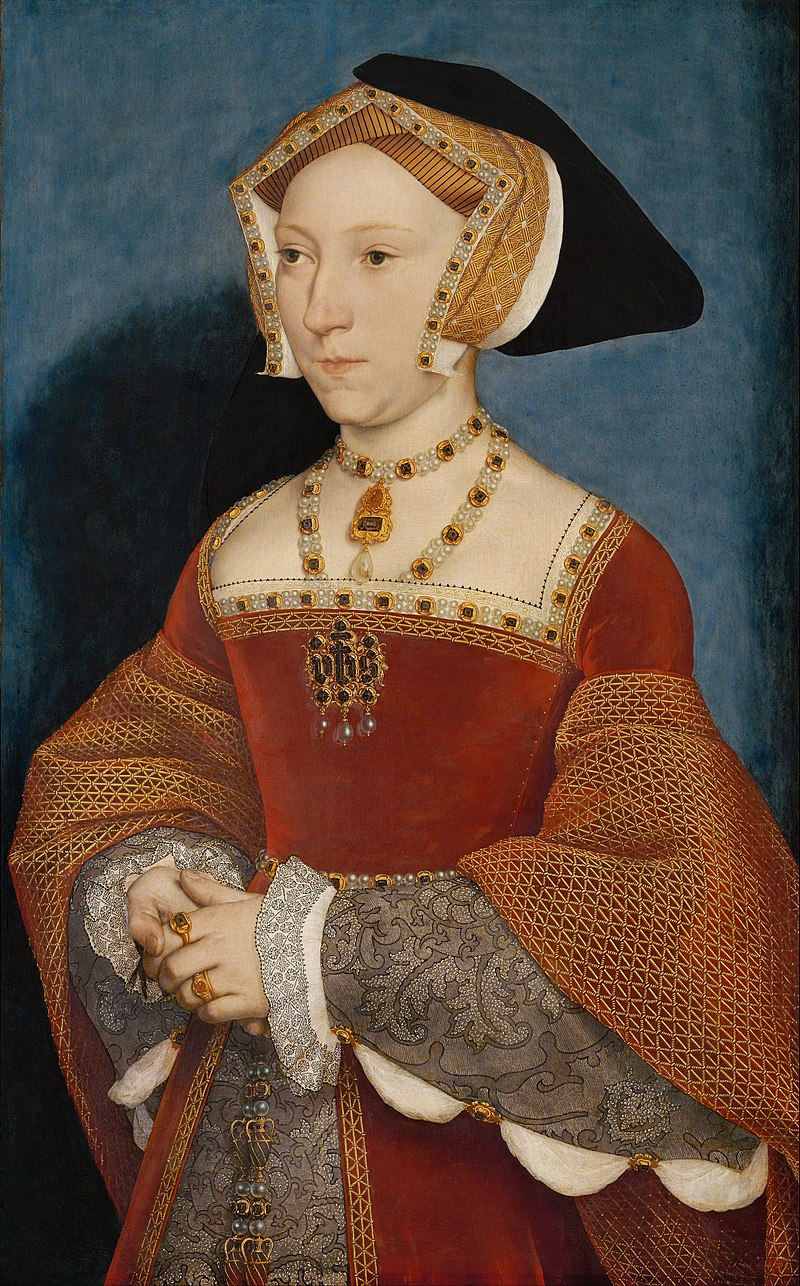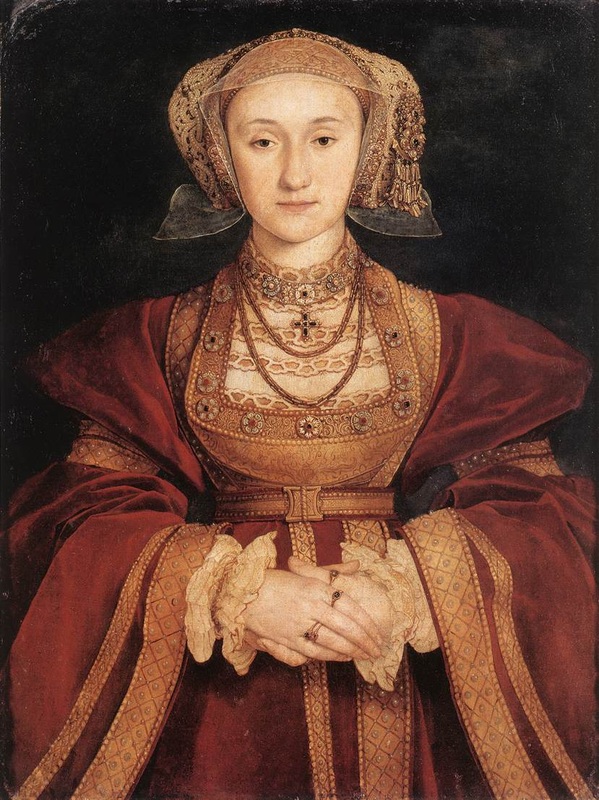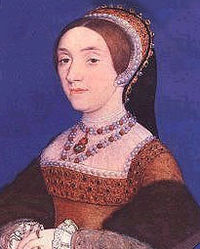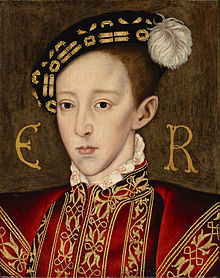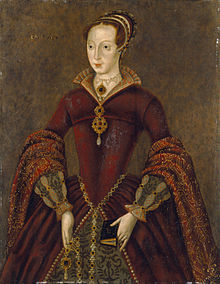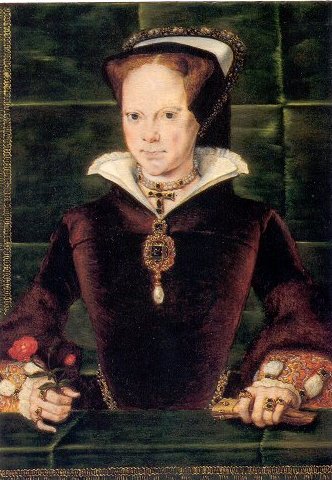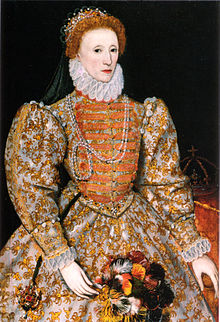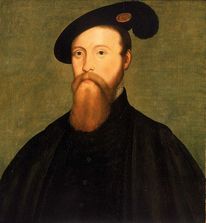
Historian David Starkey describes Thomas as, "tall, well-built and with a dashing beard and auburn hair, he was irresistible to women." The perfect Tudor courtier, right? He is what we picture when thinking of the men waltzing around court and charming ladies into their arms. Sir Nicholas Throckmorton, a contemporary of Thomas, described him as, "hardy, wise and liberal... fierce in courage, courtly in fashion, in personage stately, in voice magnificent, but somewhat empty of matter." Was Throckmorton implying that Seymour lacked the right mindset for success in these hard times? It certainly sounds like it, and it seems that it proved to be true, unfortunately for the dashing Seymour. Here are the events leading up to Thomas Seymour's downfall and destruction - which was swift, surprising, and controversial among his peers.
It came as somewhat of a shock when Thomas Seymour wooed Henry VIII's widowed queen into his arms. When the king died in 1547, he left behind him a great amount of wealth, jewels, and luxuries for the woman who had nursed him in his sickly old age. However, it wasn't just these generous things that Catherine Parr desired, it seemed. Some say that Catherine had already been in love with Thomas Seymour before her marriage to the king, but in any case, he certainly won her over very quickly after she was widowed. In April 1547 (only three months after the king's death), Catherine and Thomas secretly married and took up residence at Sudeley Castle. At this point, he had already made advances towards Princess Elizabeth and Princess Mary (both of which were unsuccessful). Marrying Catherine was certainly not settling, however. He was still marrying well above what would have been expected, and many people questioned the hasty marriage once word about it leaked. Not only did it make Catherine look bad for marrying so hastily after her late husband's death; it made Thomas seem like a social-climbing, power-hungry, and overly-ambitious - which was, arguably, true.
2. Inappropriate Behavior with Princess Elizabeth
After Elizabeth Tudor dodged Thomas' advances and proposals of marriage, she may have believed she was safe from any future trouble or complications with him. However, they were just beginning. Shortly after his marriage to Catherine, he took both Princess Elizabeth and her cousin Lady Jane Grey into his residence. Both girls were his and Catherine's wards, but he did not always treat Elizabeth as a ward should be treated. In fact, at times he was downright inappropriate with her. According to reports, he would often sneak into Elizabeth's bedchamber to bid her a good morning - while tickling, playfully spanking, or otherwise awkwardly playing with her while she was still in her nightgown! Elizabeth's governess, Kat Ashley, would implore Thomas to leave Elizabeth be, but Thomas would simply say that he had every right to see and interact with his ward (and step-niece). Unfortunately, even when Catherine was informed, the behavior didn't stop - it only worsened. The matter only resolved itself when Catherine claimed to catch Elizabeth in Thomas' arms - then sending her away, both to protect her marriage and the princess' reputation. To this day, details of the behavior between Thomas and Elizabeth remain unclear, but it certainly shows an overfamiliarity from Thomas.

As if Thomas Seymour's behavior hadn't already been controversial - and as if he wasn't already walking on thin ice - he chose to make one of the most absurd decisions in 1549, the year after Catherine died upon giving birth to their daughter. Thomas had already attempted to overthrow his brother, who held the most powerful position at court as Lord Protector, influencing the young King Edward VI in his policy and running of the government. Because of Thomas' known envy and bitterness towards his brother, he was already being watched carefully, and was an untrustworthy figure. Maybe the knowledge of people's opinions towards him made Thomas react drastically. Whatever the reason, his decision to break into Edward VI's apartments at Hampton Court Palace on 16 January 1549 was destined for failure. Indeed, when Edward's spaniel awoke and found an intruder, his barking elicited Thomas to kill the dog, for fear of being bitten. When the king woke in fear, the guards were already there, arresting Thomas and sending him swiftly to the Tower of London.
Of course, after these events led to Thomas' imprisonmen, there was still a chance that he would get out of the charges and return to a free life. After all, he was the uncle of the king and the brother of the Lord Protector - surely, he would be spared? Not so. In fact, he was accused of thirty-three charges of treason, and although the death warrant experienced a delay from both Edward Seymour and Edward VI, it was eventually signed and Thomas was sent to the executioner's block on 20 March 1549. His material possessions were confiscated by the Crown, and his title "Baron of Sudeley" was passed on to Catherine Parr's brother, William. The execution was an ugly one - taking two blows to sever Thomas' head, and it was also unpopular. Many people could not believe the cruelty of both the king and Lord Protector in signing the death warrant of a member of their own blood.
So, Thomas Seymour led a dangerous and immature life, in the minds of many historians - and history enthusiasts, like myself. In my opinion, there couldn't have possibly been any other fate for the man who thought himself so much higher than he really was, and who was wiling to go to such risky lengths for a bit more power and wealth.
"This day died a man with much wit and very little judgment." - Princess Elizabeth
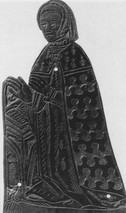
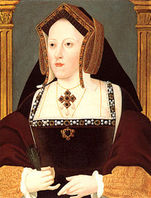

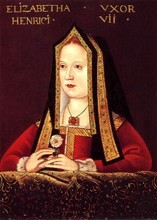
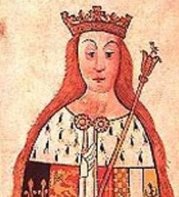





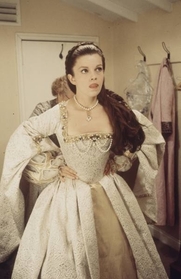
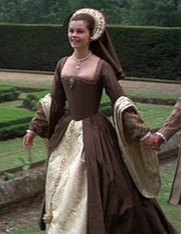


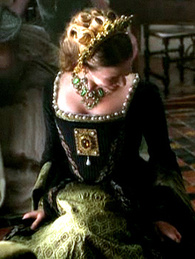
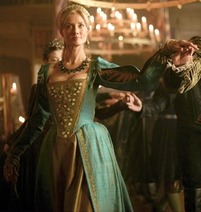


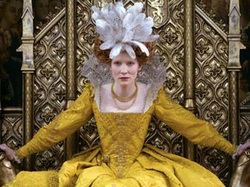

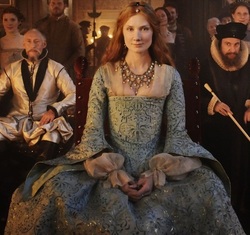
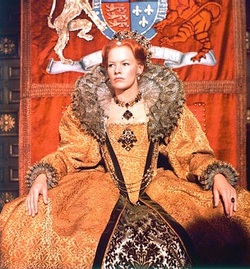

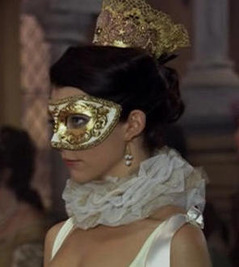

 RSS Feed
RSS Feed
